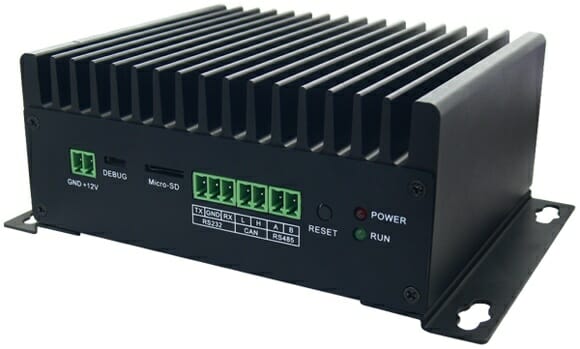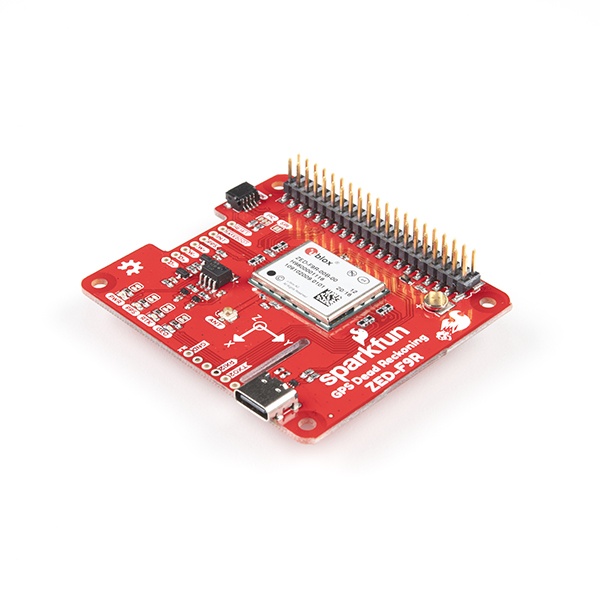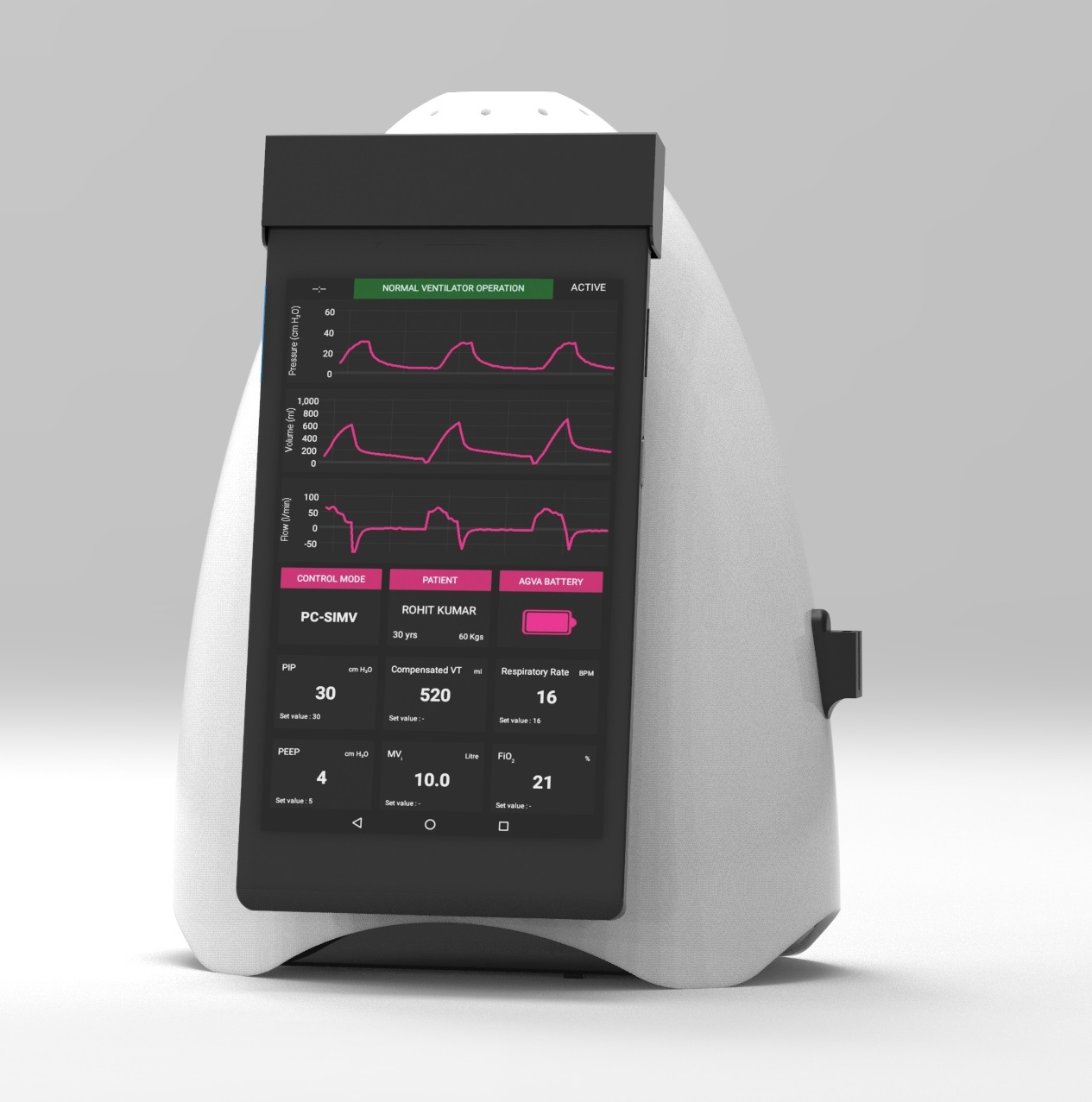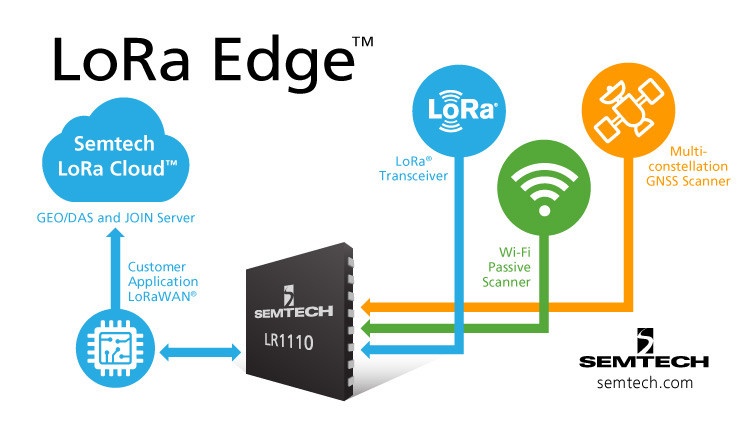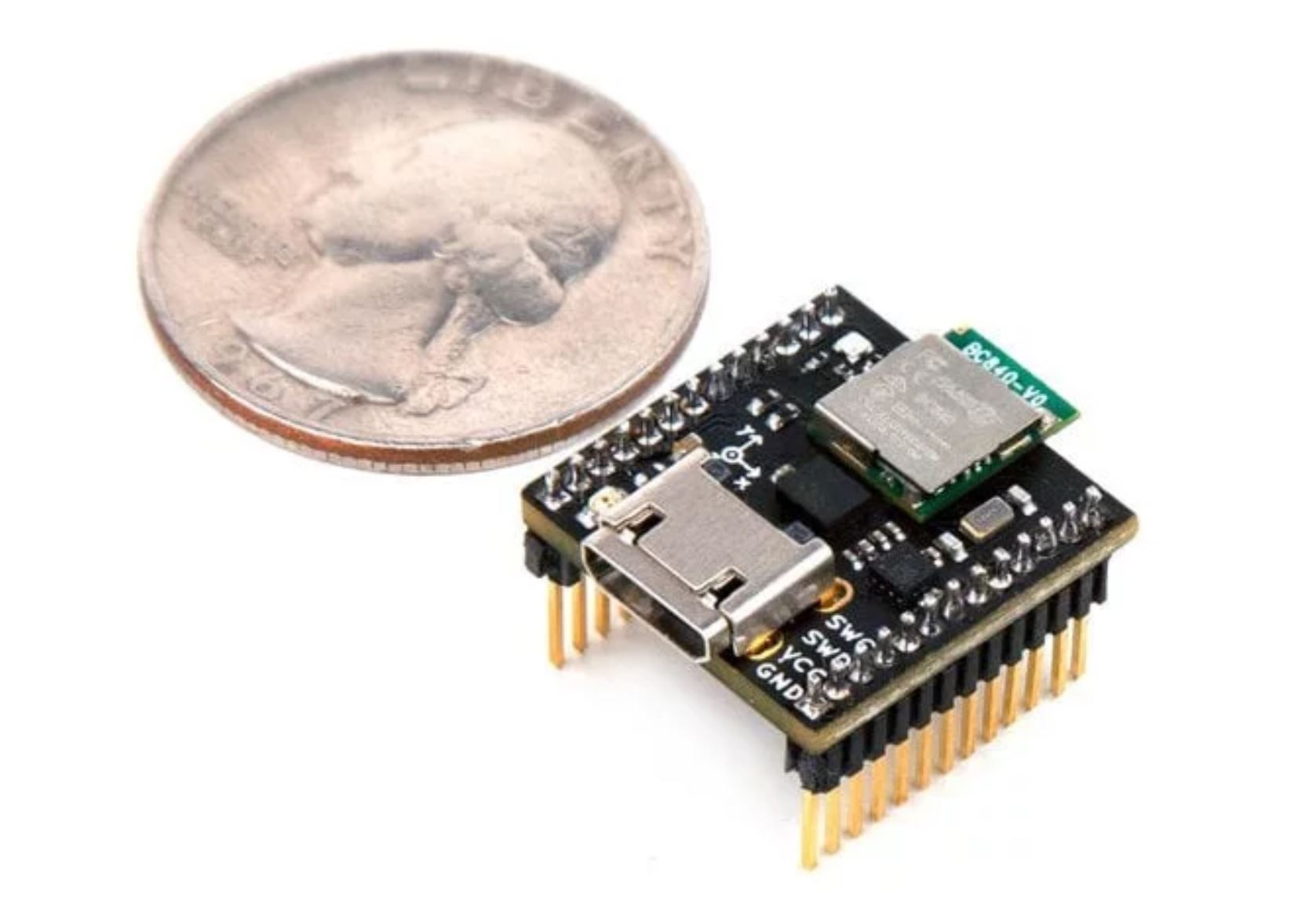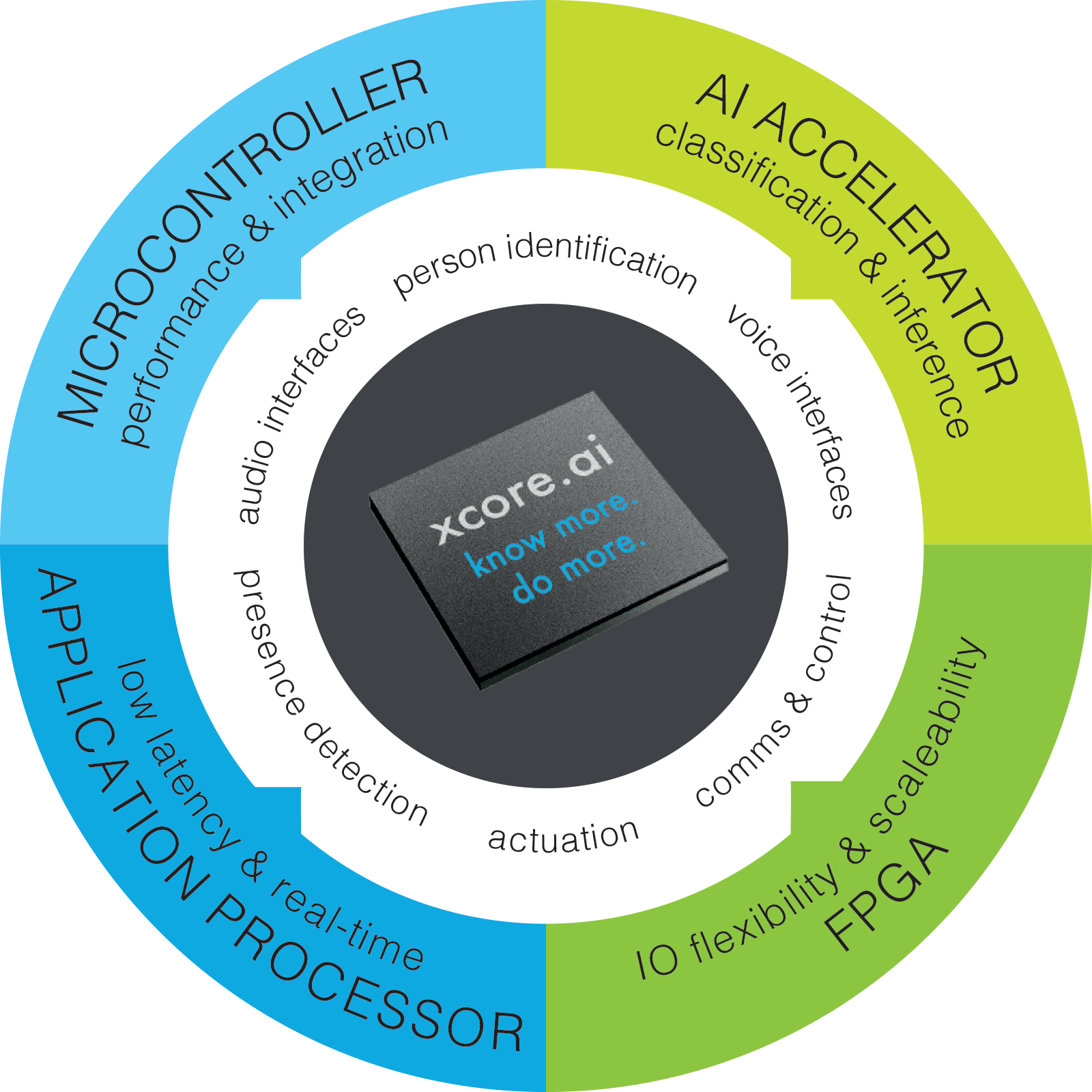In 2019, Amazon introduced the Sidewalk with privacy and security at the core. Amazon Sidewalk a low-bandwidth, long-distance wireless protocol that is expected to provide a new way for devices to stay connected especially when smart devices leave their WiFi or Bluetooth coverage range by leveraging the 900 MHz spectrum. Amazon Sidewalk will most likely be an LPWAN type network since it is promising neighborhood-like device connectivity with is crowdsourcing initiative. It uses Bluetooth Low Energy (BLE) for short distances, the 900 MHz spectrum, and other frequencies for longer distance coverage. Sidewalk attempts to make sure your BLE devices can still connect to your home network even when you take a walk away from your home. According to Amazon, users can easily access the Sidewalk network using two types of devices: Sidewalk Bridges and Sidewalk-enabled devices. Amazon has now announced that compatible Echo devices can now act as bridges and also some […]
MYIR launches FZ5 EdgeBoard AI Box for AI on the Edge
Back in July of this year (2020), MYRI technology announced the MYIR’s FZ3 deep learning accelerator card powered by the Xilinx Zynq UltraScale+ ZU3EG Arm FPGA MPSoC and it is capable of delivering up to 1.2TOPS computing power. With only a few months since that launch, MYRI technology is now announcing another two related sets of products – FZ5 EdgeBoard AI Box and the FZ5 Card. The FZ5 EdgeBoard AI Box is an AI-focused computing platform that is based on the FZ5 AI Accelerator card which is an upgrade of the FZ3 card. The FZ5 looks more like a single board computer than an actual computing card. The FZ5 accelerator is powered by the Xilinx Zynq UltraScale+ ZU5EV MPSoC which features a 1.5 GHz quad-core Arm Cortex-A53 64-bit application processor, a 600MHz dual-core real-time Arm Cortex-R5 processor, a Mali400 embedded GPU and is capable of delivering up to 2.4 TFLOPS as compared […]
STMicroelectronics Introduces Zigbee 3.0 to the STM32WB55 microcontrollers
STMicroelectronics has added Zigbee 3.0 support to its STM32WB55 wireless microcontroller family using the Zigbee PRO protocol stack. The STM32 Wireless MCU (STM32WB55) was launched last year with a dual-core Arm Cortex-M4 CPU and Cortex M0+ core, as well as Bluetooth 5 and 802.15.4 radios. STMicro is hoping to expand the applications of the STM32WB into areas like home automation as Zigbee 3.0 is making brands choose Zigbee for their smart-home connectivity solution, smart-lighting, smart-building, mesh IoT connectivity, and many more. The STM32WB55 microcontrollers already provide support for Thread and Bluetooth 5.0 and the inclusion of the Zigbee connectivity will take this to the next level. The STM32WB55 Zigbee 3.0 software includes support for the Exegin Zigbee PRO protocol stack which is available for free. To ease development and deployment, STM32WB Zigbee solution supports 46 Zigbee 3.0 clusters and a further 21 clusters support legacy products and with the Zigbee 3.0 […]
Sparkfun Launches the ZED-F9R GPS Dead Reckoning Raspberry Pi pHAT for Mobile Robots
The SparkFun ZED-F9R GPS pHAT module is targeted at single board computers like the Raspberry Pi, Jetson Nano, and other boards with the 2 x 20mm header form factor supporting the GPS RTK (Real-time kinematic) capable of centimeter-level accuracy. Dead Reckoning in robotics allows one to calculate one’s position by using a previously known location or landmarks. Dead Reckoning is an essential aspect of robot navigation, especially Autonomous vehicles like mobile robots or UAVs. For dead Reckoning to be realistic and minimize the position uncertainty, it usually requires the fusion of position estimation sources like Lidar, Radar, IMU, Odometry, GNSS, accelerometer, and some others. Sparkfun understands this and has launched the Dead Reckoning add-on module that can be used for applications in mobile robots, UAVs, and others. The Sparkfun ZED-F9R GPS pHAT is an exciting sensor fusion board (having been a fan of Extended Kalmar Filter) that provides accurate and […]
AgVa Phone Ventilator Connects to a Smartphone to Fight COVID-19
With the world at his knees, fighting the current coronavirus pandemic, which has impacted millions of lives around the world psychologically, economically, and physically. Engineers, scientists, politicians around the world are looking for ways to assist in stopping the virus spread, helping the critically ill people, and help restore society to the way it was before. One major highlight during this COVID-19 crisis is the lack of enough ventilators for patients, a piece of critical equipment that greatly affects the breathing of critically ill patients. There are not enough ventilators available in hospitals right now for all of the potential patients who will be struck by the virus, so it is clear we need more ventilators. Makers are joining the call to service with their existing maker tools, and an example is the attempt to make a low-cost, open-source Arduino ventilator device. Another solution is the AgVa phone ventilator produced by […]
Semtech LoRa Edge Uses LR1110 Single Chip with LoRa, WiFi, and GNSS
Semtech, a leader in LoRa and RF technology, is continuing its support for the LoRa ecosystem with the launch of a new portfolio of solutions called LoRa Edge to simplify and accelerate IoT applications for the Edge. LoRa Edge is a new highly versatile and low power software-defined LoRa-based platform that will enable a wide portfolio of applications for indoor and outdoor asset management, targeting industrial, building, home, agriculture, transportation, and logistics markets. The LoRa Edge platform is launching with a geolocation solution targeted to IoT applications for asset management. It features an ultra-low power LoRa transceiver, GNSS sniffing capabilities, Wi-Fi scanning technologies all in one single package called Semtech LR1110. “Semtech continually delivers Internet of Things (IoT) solutions that simplify and accelerate the development of LPWAN applications,” said Pedro Pachuca, Director of IoT Wireless in Semtech’s Wireless and Sensing Products Group. “LoRa Edge and LoRa Cloud geolocation services enable customers […]
Bluetera II is a motion-enabled IoT development board that supports protocol buffers (Crowdfunding)
Tensor Iotera Group (TIG), an Israeli based technology company, has launched a powerful IoT development board featuring motion sensing called Bluetera II and supporting Google Protocol buffers. Bluetera II came from the idea that developing an IoT application shouldn’t be complicated. Hardware is hard, and scaling for manufacturing might also be more daunting than initially anticipated. So instead of going through those troubles, why don’t you go the route of something that works, and most importantly, is scalable, as TIG is advocating with their Bluetera IoT development platform. Bluetera II is the 2nd generation of this IoT platform. The Bluetera II board is equipped with a 9-axis motion sensor, Bluetooth 5 enabled Nordic nRF52840 SoC core, which features an Arm Cortex-M4 FPU, with 1MB of Flash, 256KB of RAM, and lastly, an SDK based on Google’s Protocol Buffer (protobuf) technology. The device can function as a BLE Central (Master) and […]
XMOS launches Xcore.AI, a scalable AI processor for the Edge
XMOS, known for its high-performance voice interfaces, is joining the AIoT bandwagon with the announcement of the Xcore.ai, a flexible and economical processor delivering high-performance AI, DSP, control, and I/O’s in a single device. IoT and AI have been one of the most trending topics and fields in the last decade. Both areas have seen large innovations in between them. Deep neural networks have become better, IoT deployment cost has also been greatly reduced, and most importantly, they both have a significant impact on multiple industries. An interesting trend recently is the emergence of applications merging AI and IoT together to form so-called AIoT applications. IoT will be the digital nervous system, while AI will become the brain that makes all the critical decisions which will control the whole system. AIoT has led to the development and deployment of what we call AI processors or AI modules that can be […]


